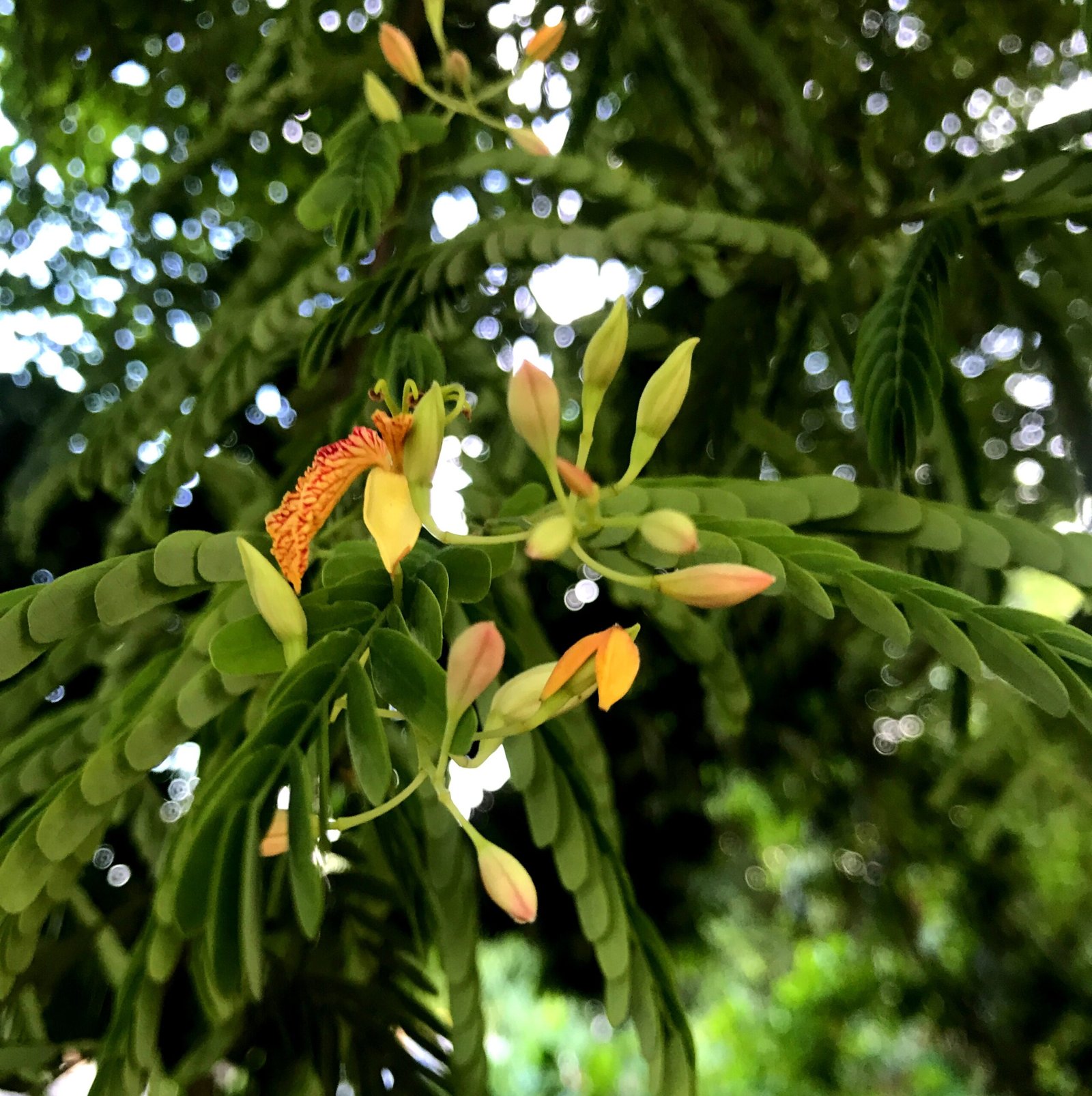
Tamarind
(CC Madhya 18.76 – 78)
In front of the temple there is a big tamarind tree, and it is said that Gaurīdāsa Paṇḍita and Lord Caitanya Mahāprabhu met underneath this tree. The place where the temple is situated is known as Ambikā, and because it is in the area of Kālanā, the village is known as Ambikā-kālanā. It is said that a copy of the Bhagavad-gītā written by Śrī Caitanya Mahāprabhu still exists in this temple.
(CC Adi 11.26)
There is example that in India there is a tree, sajna, sajna tree. I do not know whether it is in your country. That, that tree has a very, I mean to say, thick trunk. But a little jerking, it will break. A little jerking. Sajna tree. And there is another tree, which is called tamarind tree. So even a fingerlike stem, you cannot break; it is so strong. So our policy should be that when we are falling down, we must take shelter of this tamarind tree, not that sajna tree. The tamarind tree is Vedic instruction, infallible, without any mistake.
(720622 – Lecture SB 02.03.24 – Los Angeles)
Near the temple is a place named Āmalītalā, which is so named because of a big tamarind tree there. According to a party named the Neḍādi-sampradāya, Vīrabhadra Prabhu, with the assistance of twelve hundred Neḍās, dug a great lake of the name Śvetagaṅgā. Outside of the temple are tombs of the Gosvāmīs, and there is a small river known as the Mauḍeśvara, which is called the water of Yamunā. Within half a mile from this small river is the birthplace of Śrī Nityānanda Prabhu.
(CC Adi 13.61 purport)
He said that since he was very happy in his householder life, taking rice given by his disciples and cooking vegetables of tamarind leaves, there was no question of taking help from the Zamindar. The conclusion is that although a brāhmaṇa may receive much opulence from his disciples, he should not utilize the rewards of his priesthood for his personal benefit; he must use them for the service of the Supreme Personality of Godhead.
(SB 6.7.36 purport)
